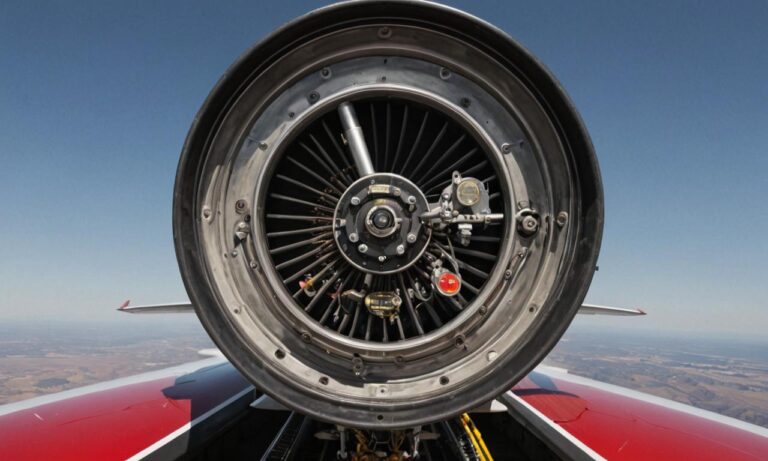In aircraft systems, the auxiliary electric driven pump serves a critical role in ensuring fuel delivery and maintaining system reliability. Understanding its functionality is paramount for aviation safety and operational efficiency.
Understanding the Auxiliary Electric Driven Pump
The auxiliary electric driven pump is a component of the aircraft fuel system designed to provide redundancy and backup in case of primary pump failure or during specific flight conditions.
Normal Operations
During normal flight operations, the primary engine-driven fuel pumps are responsible for supplying fuel from the aircraft’s fuel tanks to the engines. The auxiliary electric driven pump remains inactive during these phases, conserving electrical power and minimizing wear and tear.
Emergency Scenarios
In the event of a primary pump failure or when faced with abnormal fuel system conditions such as low fuel pressure, the auxiliary electric driven pump automatically activates to maintain adequate fuel flow to the engines. It acts as a failsafe mechanism, ensuring continued operation and providing the necessary pressure to sustain engine performance.
Specific Flight Phases
Additionally, the auxiliary electric driven pump may be used during specific flight phases where the demands on the fuel system vary. For example, during takeoff and landing, when fuel demand is high and engine-driven pumps may experience increased stress, the auxiliary pump can provide supplementary support to ensure consistent fuel flow.
Crossfeed Operations
During crossfeed operations, where fuel is transferred between different fuel tanks to balance aircraft weight or manage fuel distribution, the auxiliary electric driven pump may be utilized to facilitate the transfer process. It assists in maintaining proper fuel pressure and flow rates across the aircraft’s fuel system.
The auxiliary electric driven pump plays a crucial role in ensuring the reliability and safety of aircraft fuel systems. Whether serving as a backup during emergencies or providing supplementary support during critical flight phases, its functionality is integral to maintaining uninterrupted engine operation and flight safety.
Importance of Regular Maintenance
Regular maintenance of the auxiliary electric driven pump is essential to ensure its proper functioning and reliability. Aviation regulations often mandate scheduled inspections and testing of fuel system components, including the auxiliary pump, to identify any potential issues and address them proactively. By adhering to stringent maintenance protocols, airlines and aircraft operators can minimize the risk of pump failures and enhance overall safety.
Integration with Fuel Management Systems
Modern aircraft often integrate auxiliary electric driven pumps with advanced fuel management systems. These systems continuously monitor fuel levels, pressure, and flow rates, automatically activating the auxiliary pump when necessary. The seamless integration of pumps with digital monitoring technologies enhances the efficiency of fuel delivery, optimizes performance, and contributes to fuel conservation efforts.
Frequently Asked Questions
Below are some frequently asked questions about aircraft fuel pumps and their operation:
| Question | Answer |
|---|---|
| What is the primary function of the auxiliary electric driven pump? | The auxiliary electric driven pump serves as a backup in case of primary pump failure and supports fuel transfer during specific flight phases. |
| When does the auxiliary electric driven pump activate? | The pump activates during emergencies, low fuel pressure conditions, and specific flight phases such as takeoff and landing. |
| How does the auxiliary pump contribute to fuel system reliability? | By providing redundancy and backup, the auxiliary pump ensures continuous fuel flow to the engines, enhancing overall system reliability and safety. |






